How hard must it be to make music that sounds like no one else? And how unrewarding, often, as well? Music consumption has been refined by streaming services to encourage listeners towards songs that sound like ones you already like; pop songwriters, driven by those same algorithms, strive to write songs whose entire purpose is to deliver something familiar within the first 30 seconds. Richard Dawson, a partially sighted and portly Geordie with lank, greying hair, who walked on to the Barbican’s stage wearing a vintage Newcastle United tracksuit top and blinking as if he’d expected the room to be empty, makes music that sounds like no one else, even with the sparsest of accompaniment.
Dawson always denies he’s a folk singer, in the same way Matt Hancock denies he’s incompetent: we all know he has to say it, but we all know the truth. Nevertheless, there’s something in what Dawson says. Though much of his set is him and a guitar (with some a capella songs, too – indeed, what could be more folk than a 12-minute a capella song about a murdered quiltmaker?), the way he plays that guitar sets him apart.
For much of his 70 minutes or so at the Barbican, he was playing what looked like a Fender Jazzmaster, through a little amp. He wasn’t hitting his strings hard, but he was turned up high, emphasising the percussive quality of his playing (you can tell he has listened to a lot of heavy metal). And though he fingerpicked, as folk players often do, his thumb came down on the top string every time, creating a hard, dense drone that underlay everything. At the same time, though, the other fingers might be picking arpeggios, or letting melody lines tumble.
It was music that was often beautiful and fearsome in the same moment, as much like listening to the creaking timbers of a sailing ship as to a musician. Because Dawson sounds like no one else, it’s hard to describe his music to those who have never heard it, but it’s easiest perhaps to say it feels wrong: the chord changes can seem random, the jumping between delicacy and lumpenness is jarring, the leaping of his voice into falsetto sounds alien, and the odd sounds alter the meaning of the lyrics.
‘Two Halves’, for example, could easily have been twee: ‘Bellowing instructions from the touchline, that’s my dad/ Purple in the face, getting really mad’ — but instead was faintly unsettling because of the guitar playing, despite its lyrical straightforwardness. He has, broadly, two kinds of song: the one looking at ordinary lives several hundred years ago, often ending in grisliness, and the one looking at ordinary lives now: ‘The Queen’s Head’s portrayal of a flooded village, or the depiction of a dad dropping his daughter off at university in ‘Fresher’s Ball’. It never sounds ordinary. It sounds like life through a glass, darkly.
I am not sure I would want to listen to Dawson constantly — when I put his 2014 album Nothing Important on the other day, my son’s expression was one of unbridled horror — but I don’t have any doubt he’s one of the few genuine visionaries at work in British music at the moment. There’s a sin
Got something to add? Join the discussion and comment below.
Get 10 issues for just $10
Subscribe to The Spectator Australia today for the next 10 magazine issues, plus full online access, for just $10.
Live From the Barbican continues until 13 December
You might disagree with half of it, but you’ll enjoy reading all of it. Try your first month for free, then just $2 a week for the remainder of your first year.

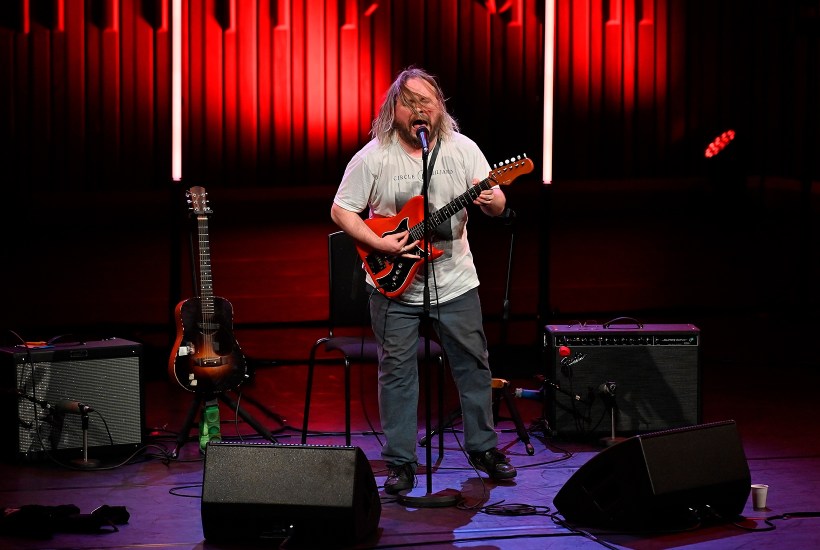
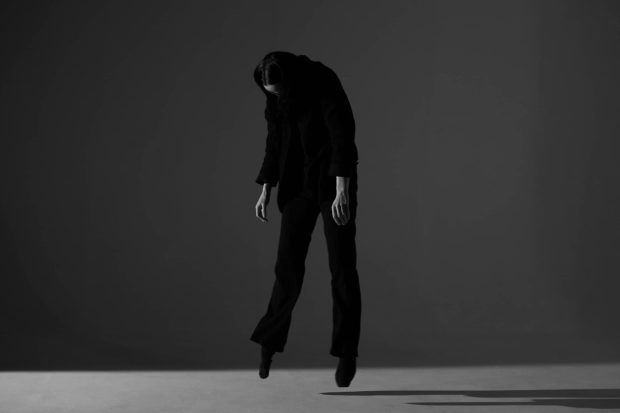
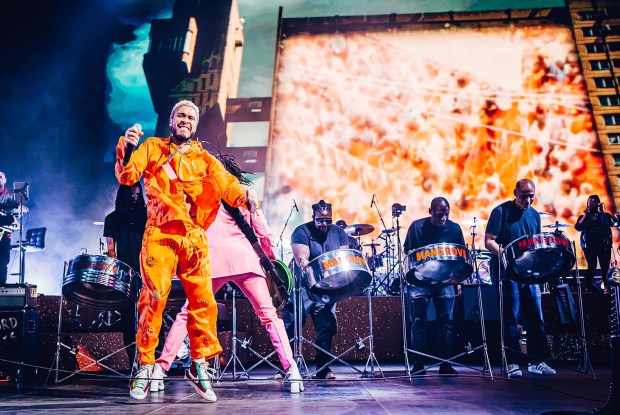
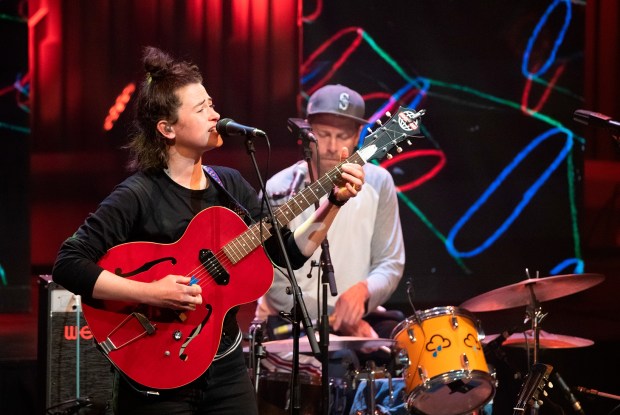

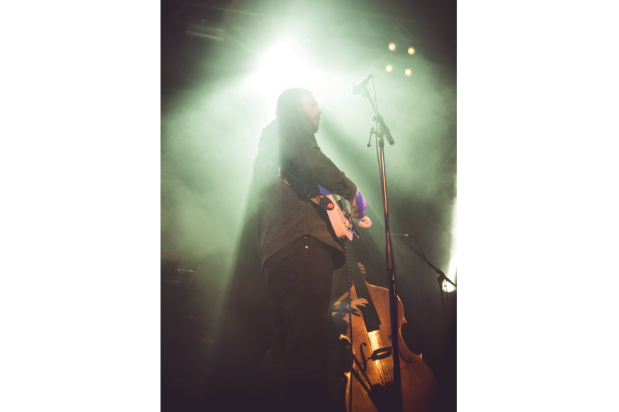
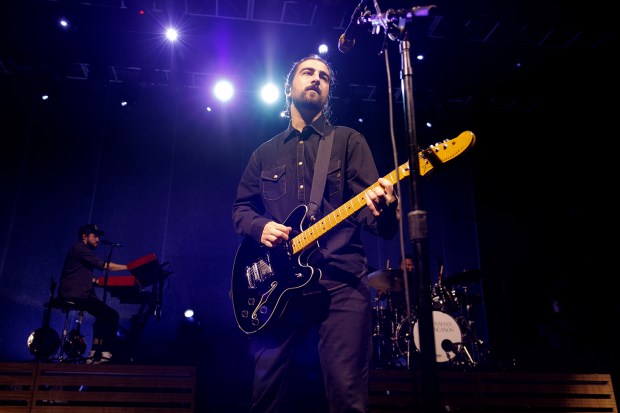






Comments
Don't miss out
Join the conversation with other Spectator Australia readers. Subscribe to leave a comment.
SUBSCRIBEAlready a subscriber? Log in